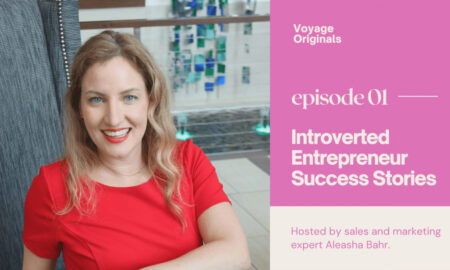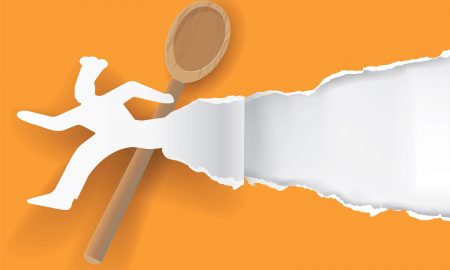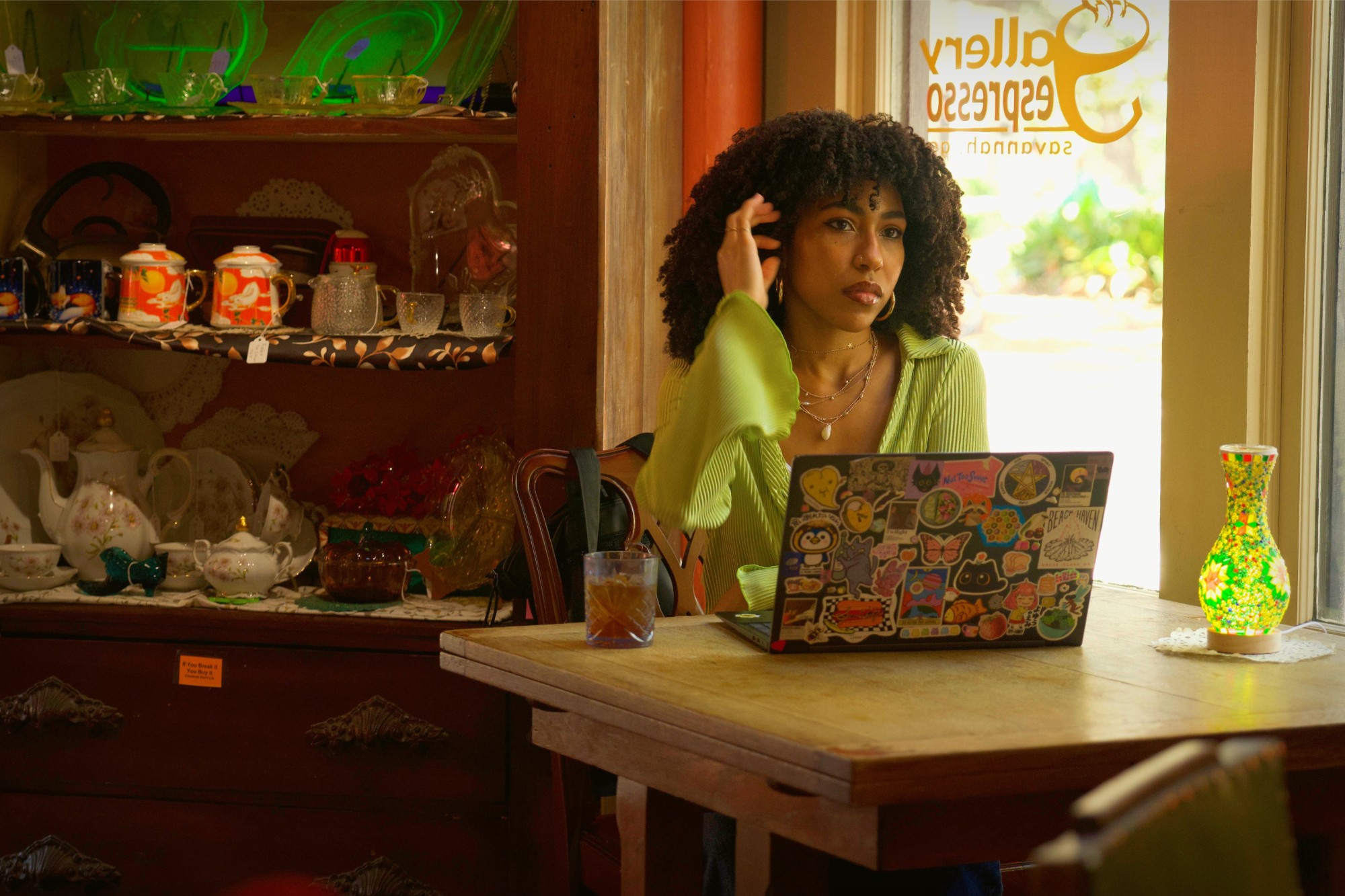

Today we’d like to introduce you to Téa Lynor.
Hi Téa, thanks for sharing your story with us. To start, maybe you can tell our readers some of your backstory.
Like most writers, I started with a school composition book. You know the one—black and white crushed marble design with a spot right in the middle for your name. Growing up in the rural and sleepy South, where there was little room for artistic expression, my best tool was my imagination. I’d leave my playdates, where I’d pretend to be a vampire or a superhero, and continue those tales with my paper and pencil. It wasn’t until I discovered my mom’s old digital camera in her sock drawer that something clicked.
Pressing that tiny red button, I realized that the worlds in my head could be manifested and immortalized in video. At ten years old, I learned Windows Movie Maker and began writing, shooting, and editing short films which I uploaded to my YouTube channel. Eight years later, I took the leap of faith and enrolled in film school. It was then that I saw just how humble my beginnings were.
Suddenly, I was surrounded by glistening equipment that felt more like space gear, professionals who were masters of their craft, and peers who were brought up with far more experience and money than I was. I was more than just a fish out of water—I was a Black/Latina queer woman from a working class family, now in a field where being those things are not only rare but also a glowing warning sign to those around me: “Here be dragons”—an unexplored and dangerous territory.
Still, with every project and opportunity, I poured myself into the craft. I didn’t care about being different. I didn’t care if it had never been done before. I didn’t care about what was expected of me. Humble beginnings are rich soil for growth.
Since my college years, I’ve only blossomed more as a writer, filmmaker, and artist. I’m writing books, helping people edit theirs, shooting short films, developing a television series, finding sparks of joy in my community, and finding new ways to tell the stories I want to tell. Whether it’s long nights staring at my computer, messy scribbled note cards pinned to my wall, and countless cups of coffee—the work isn’t easy, but it’s a privilege nonetheless.
Can you talk to us a bit about the challenges and lessons you’ve learned along the way. Looking back would you say it’s been easy or smooth in retrospect?
Firstly, if you decide to pursue the arts, expect the road to be paved with jagged rocks and potholes. I find that my obstacles lie in not only having to demand my art be respected as it is, but also having to demand respect as a marginalized person. Labels like that can get thrown around and lose their meaning, but in the film industry, where it is still overwhelmingly white, male, straight, and money-hungry, they can make a difference.
I don’t always conform to the way my peers and other filmmakers operate. I’ve been in many situations where I will hold my ground and face resistance. Professionals will say things like, “Well, we always do 14-hour work days” or “You should prioritize actors over any other crew members” or “Studios won’t go for a story like that; it’s best you tone it down”. And my response is always the same: “I don’t care how it’s always been done. I want to try something else”.
You get a lot of funny looks when you exist in the body I do with a mouth like that. I’ve always been rebellious, so if something is unethical or old-fashioned or inefficient, I’m not afraid to go against it and evolve in a different direction. It isn’t easy and is most certainly one of the biggest obstacles I face.
Well, that and money. Creating in and of itself is not the hard part—it’s trying to maneuver that creativity in a world driven by business, capital, and consumption. Some artists are lucky enough to come from means, have unrestricted access to the professional world, and sustain themselves by fully dedicating their time to their craft. And let’s be honest—that’s anyone’s dream.
However, for people like me, who have worked exhausting jobs in food service and retail just to fund their creativity, the challenge is balancing between having enough money for groceries and enough money to make something that reminds you why you’re alive.
Can you tell our readers more about what you do and what you think sets you apart from others?
I wear a few hats. I’m a writer, director, producer, and editor in film and television, known for exploring human relationships and social commentary through vibrant, surreal, and campy worlds—blending horror, fantasy, and comedy. Beyond film, I write literary fiction and am currently working on two novels: The Cat’s Cradle, a fantasy about four witches and a town gripped by a serial killer, and Pyro, a coming-of-age romance delving into punk culture, sex work, and addiction.
Right now, my passion project is an animated TV series I’m co-creating with artist Anami Hayes. While that is still hush-hush and under wraps, you can watch The Graveyard Shift, a Lovecraftian surrealist film tackling gentrification, racism, and the death of the American Dream. More than anything, I’m proud of the diverse cast and crew who brought it to life. A story about loss of culture, fear of change, dreams that may never come true, strange experiences we may never be able to explain; somehow resonated with all of us.
So, if I had to think of what sets me apart, it’s originality. There aren’t many places where you can get a story about a black girl going toe to toe in an old diner with an evil alien trying to steal her soul or a bloodthirsty rock terrorizing a burnt-out art student who has to complete a rock paper scissor game or a found footage film of a girl scout slowly turning into bigfoot, but you can find that and more in the stories I tell.
Is there anyone you’d like to thank or give credit to?
I wouldn’t be here without the support of those around me—my high school theatre teachers, who let me fail and frolic in true dramatic fashion; my best friends in my senior year, who put up with acting in my first real short film just because I asked; and of course, I can’t not shoutout my mom. She’s not an artist, but she loves movies and watching TV. I’m lucky I grew up in that kind of household. My fondest memories are getting a big tub of popcorn at the theater or snuggling up on the couch with ice cream, talking over the story just to theorize what would happen next. My mom believed in me more than anyone, even though the industry was completely foreign to her; she had faith that I would succeed.
Now, I get to call my best friend and film collaborator, Sammie White, one of my biggest supporters. I don’t know how I could possibly make a film without her. She’s the only cinematographer I ever want to work with. It’s like she fills in my blind spots, and I do the same for her. I’ll say, “I want the scene to feel like this,” and she’ll know exactly what to do to bring that vision to life—sometimes even better than I imagined. That kind of synergy is rare, and she’s my best friend. I’m very grateful we found each other.
Lastly, if I don’t give credit to my siblings—especially my sister, Marissa George—she will come and find me. I’m the youngest of four kids, which meant I had the privilege and freedom to take risks in ways they couldn’t. Some siblings might resent that, but mine are just happy to see me happy. They tell their friends that I’m cool and that does more for my self-esteem than I’d like to admit. My novel ‘The Cat’s Cradle’ is about siblings; it’s dedicated to them.
Contact Info:
- Website: https://tealynor.wixsite.com/tealynor
- Instagram: https://www.instagram.com/teatay04
- Youtube: https://www.youtube.com/@TeaLynor
- Other: https://linktr.ee/tealynor
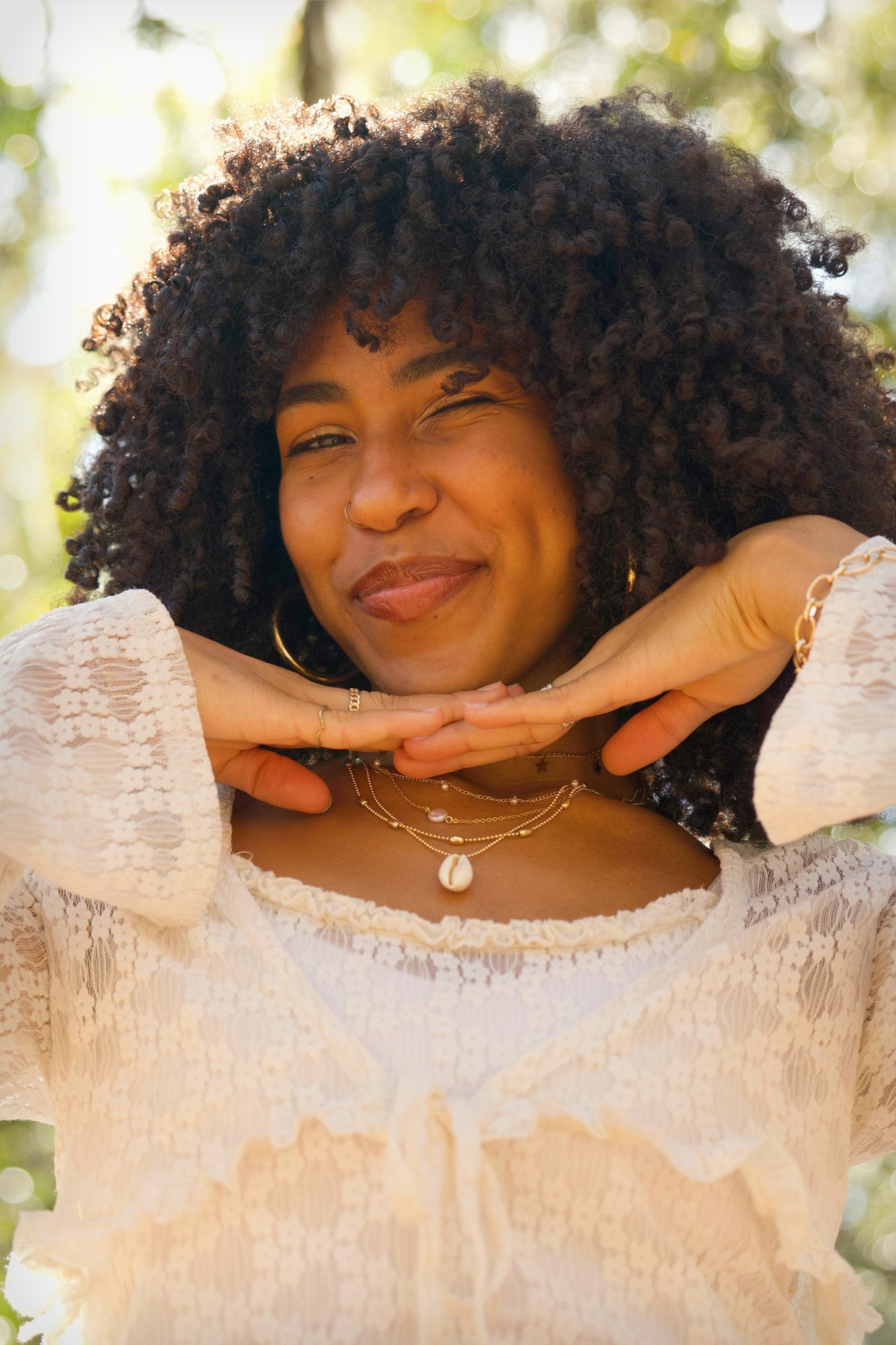
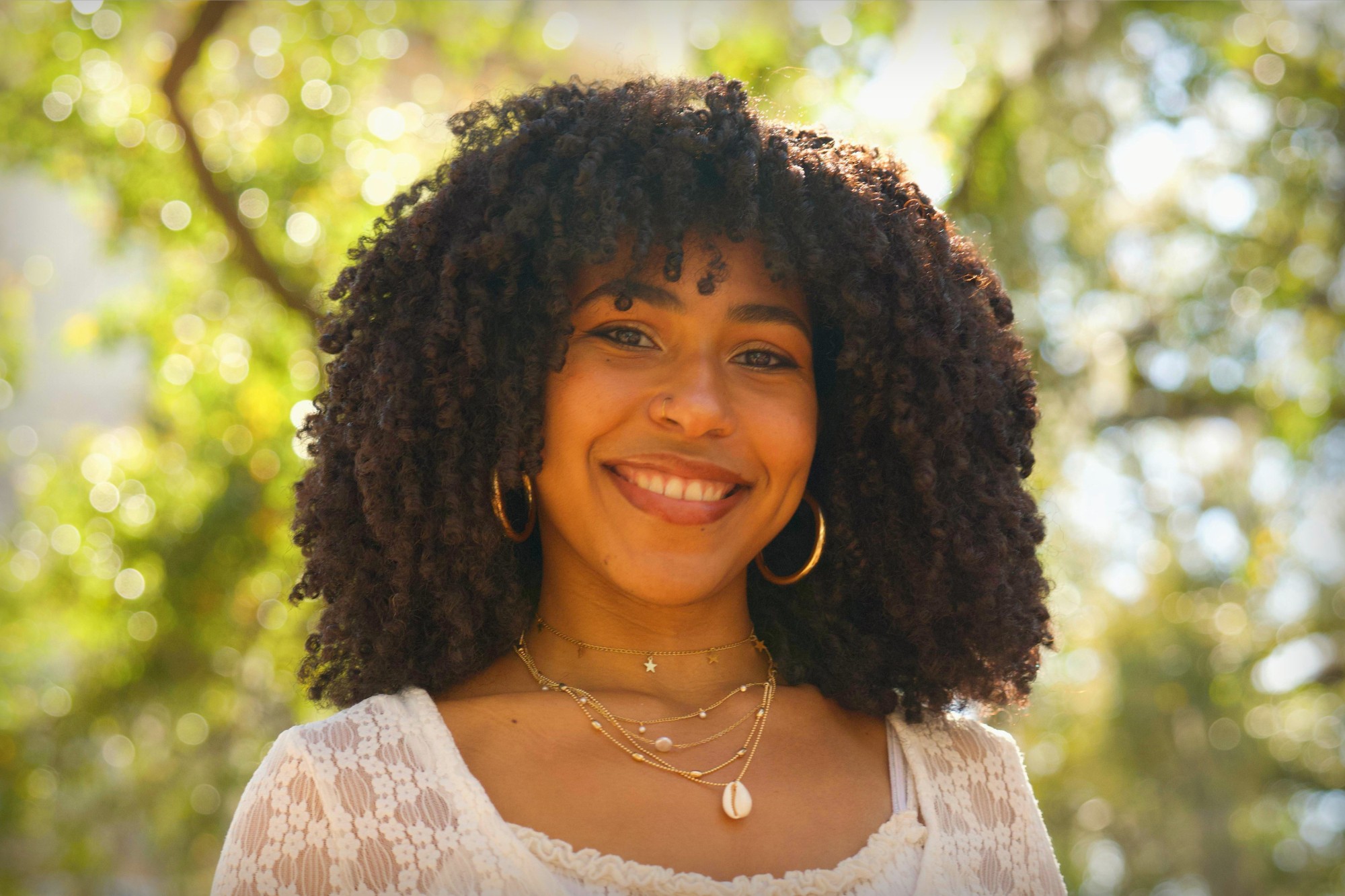
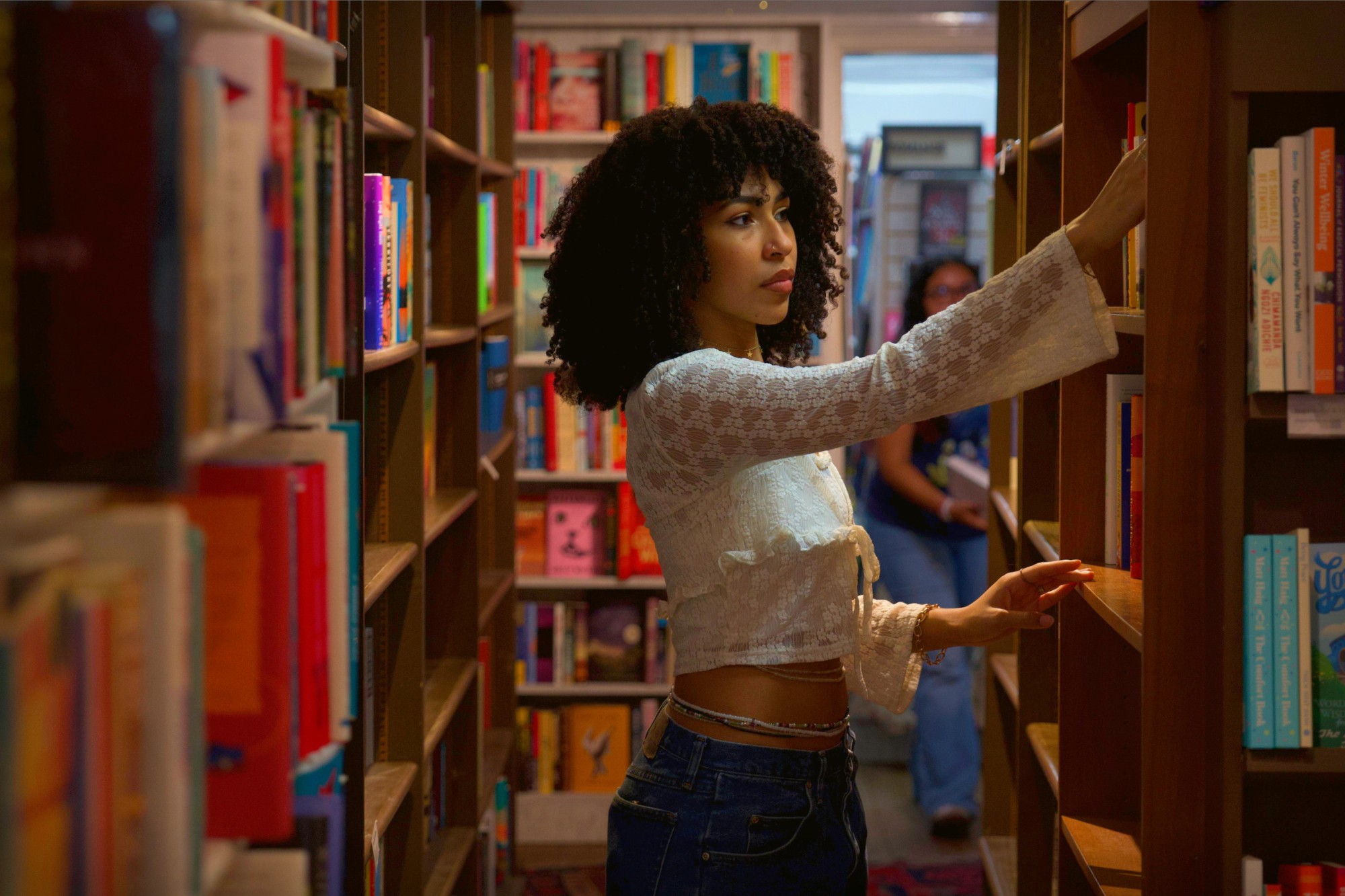

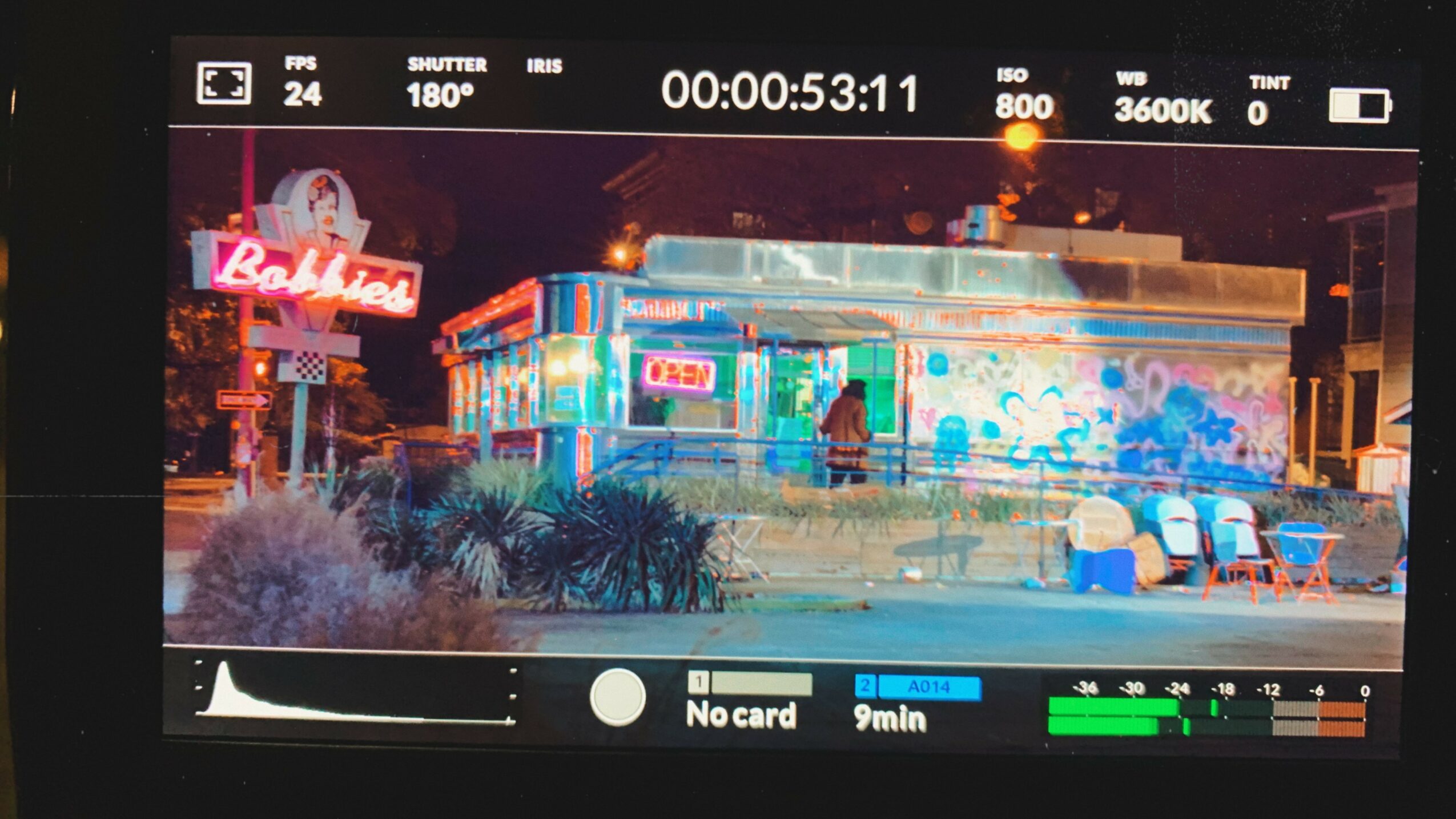
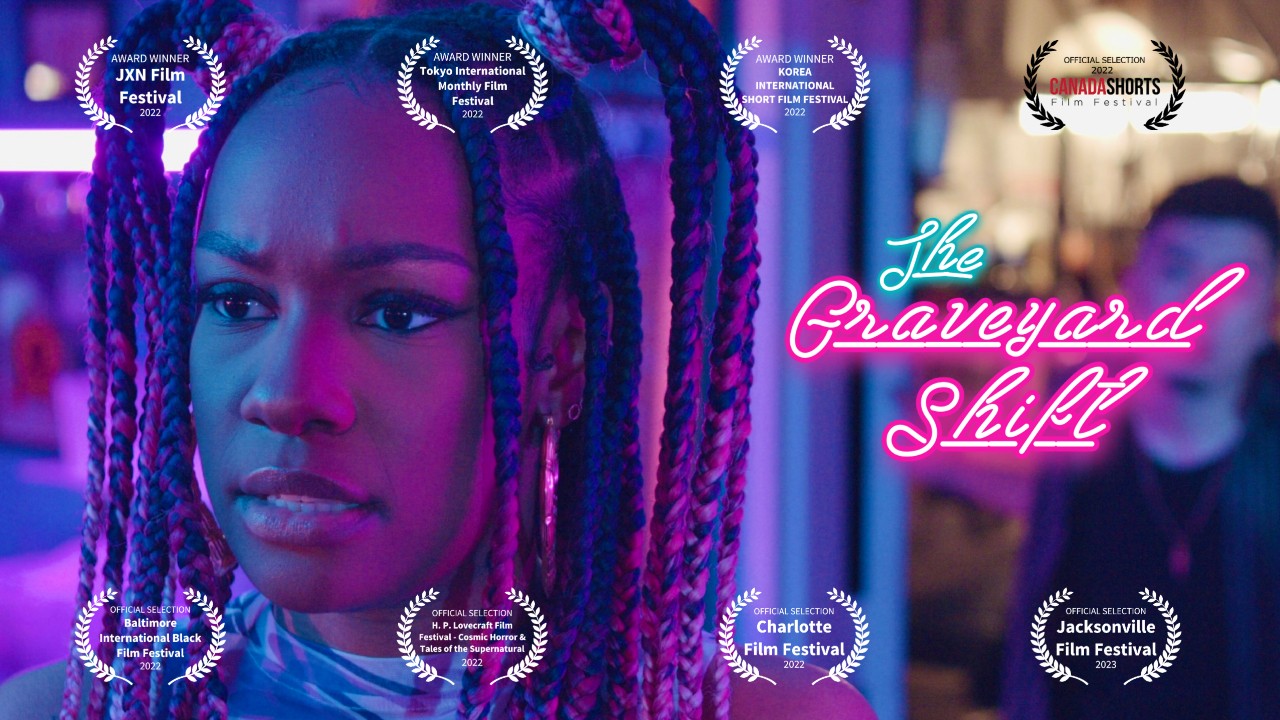
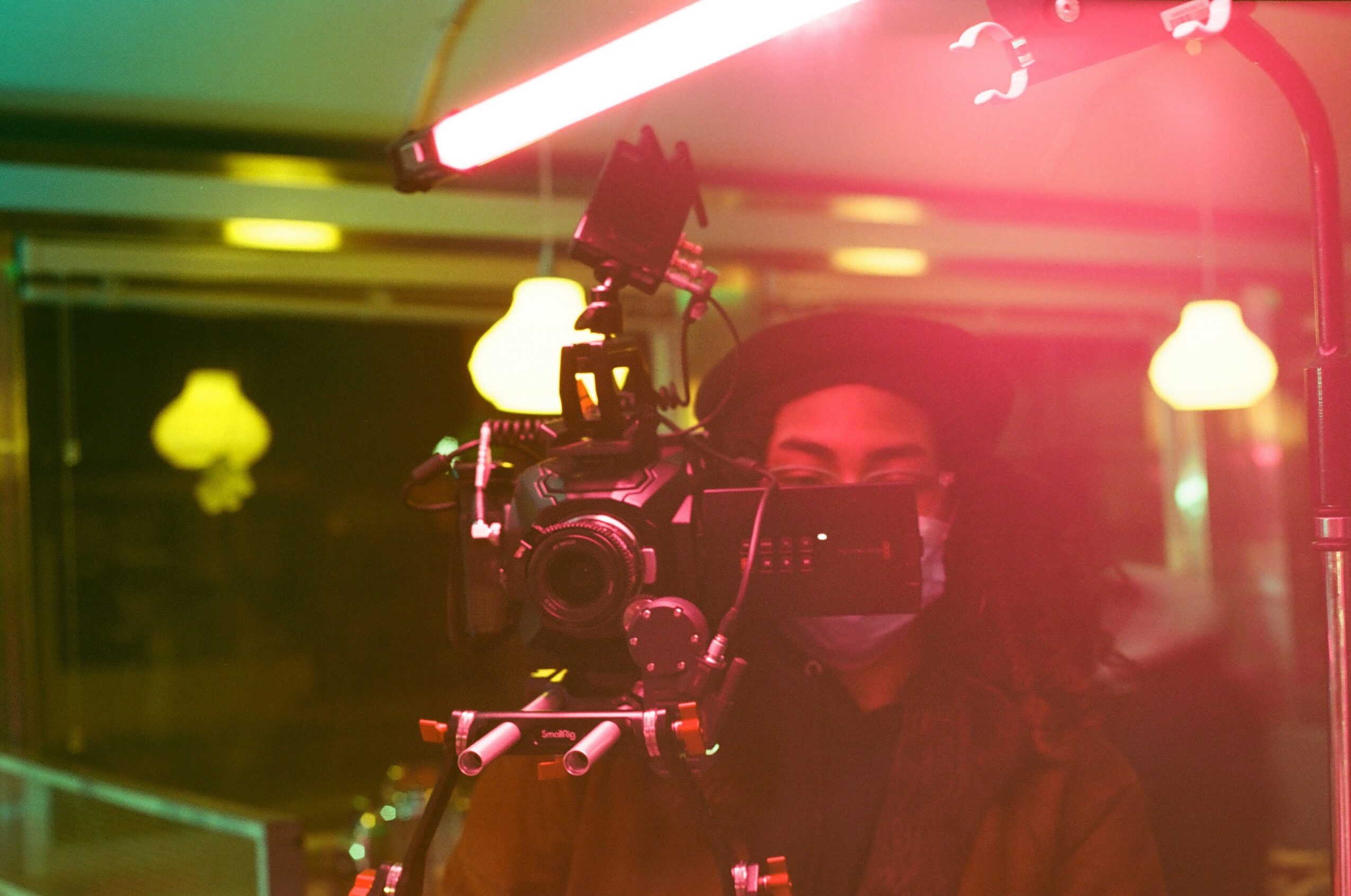
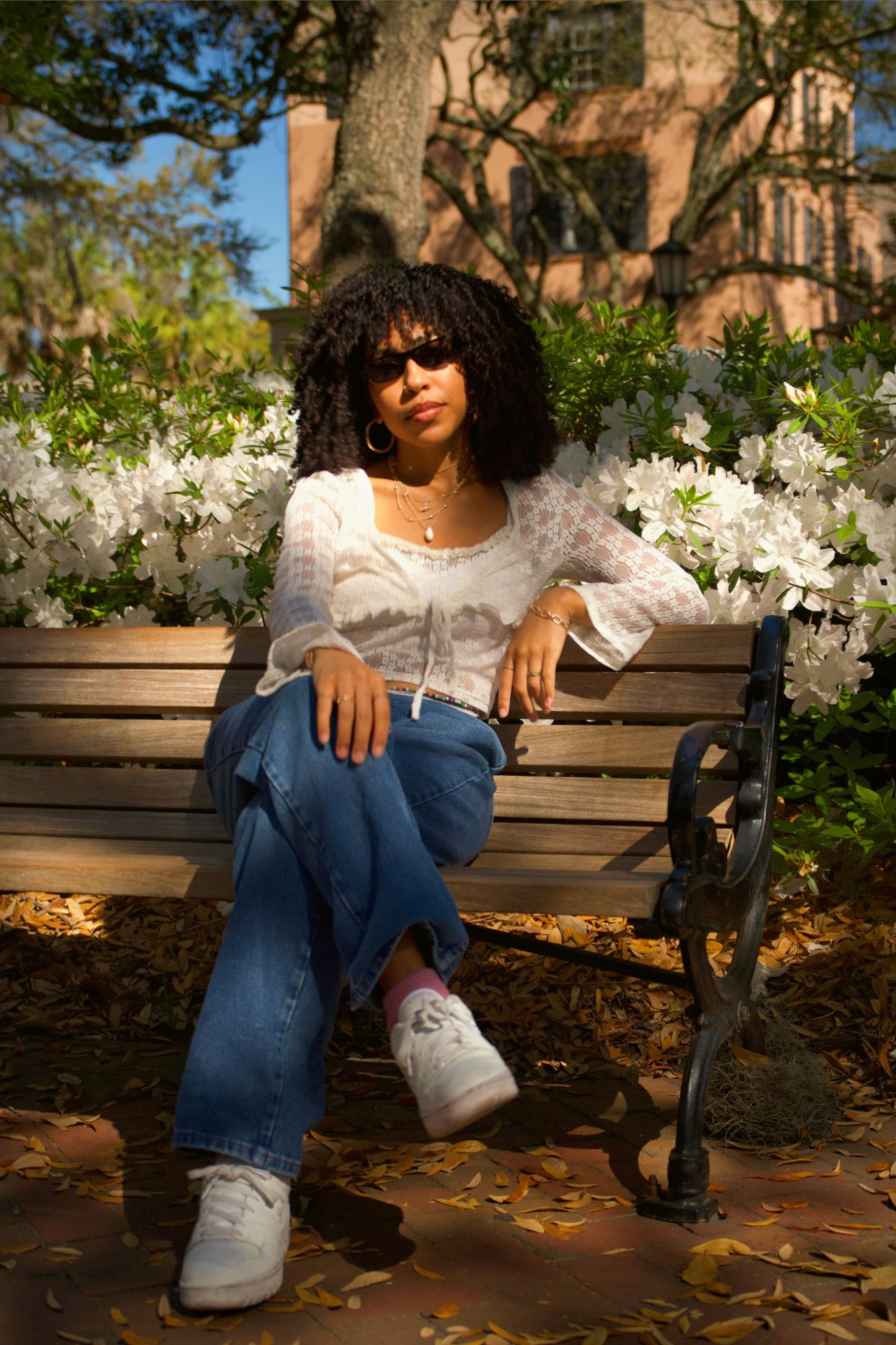
Image Credits
Sammie White, Aranaya Sharma



